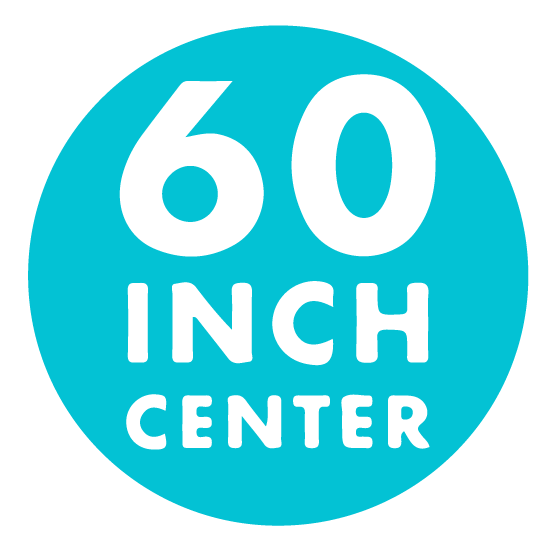Dru Donovan at Hap Gallery: Carving the Lung
Hap gallery houses nine beautifully composed black and white portraits within ambiguous contexts. Dru Donovan, a Portland-based artist who received her MFA from Yale in 2001, uses her technical mastery in photography and the visual appeal of carefully crafted light, shadow, and composition–not as an end unto itself, but as a tool to entice viewers to engage with darker subjects.
The themes of Donovan’s works are blurry and complex, uncomfortable and familiar. They evoke the societal pressures we accept and transfer to our bodies, a line between self-inflicted discipline and loss of control, the inevitable failure of the human body to appear and act as one desires. In an age where we are inundated with images and information, the loudest, most confrontational art often rises to the top. Donovan’s work enacts another, equally valuable, function: a quieter (even colorless) space for honest examination, where conflict is acknowledged without being clarified or resolved.

Dru Donovan, Untitled, 2014
The works that make up Carving the Lung, Donovan’s exhibition at Hap, do not force viewers to engage further than a first glance, as Robert Mapplethorpe did with his large, explicit, immediately challenging black and white photographs of the body. Both artists use unconventional content, but Mapplethorpe’s photographs scream with sexuality and aggressively broken societal expectations, while Donovan’s speak quietly, only letting you understand every other word. More time spent with this exhibition will reap rewards of a conceptual richness and complexity, although little definitive clarity.

Dru Donovan, Untitled, 2009
The photographs feel simultaneously staged and candid. The relationships between the subjects and the space around them is carefully orchestrated, and the models’ bodies themselves are often physically altered. In this deliberate posturing, a sense of vulnerability and authenticity slips acts as a unifying force for the series. We see a man lying on the ground, a woman flexing in the mirror, girls applying lipstick, a woman stuffing her face with fleshy dumplings. Even with such radically different subjects, there are obvious commonalities. Each suggests the enactment a familiar façade, and a crack in that image through which slips a counter-expression: self doubt, boredom, discomfort. The exact emotional content of the expressions is less important than their portrayal of a lived experience which is contrary to a projected identity. This gap between the lived experience and the postured image measures the strongest photographs of the series.

Dru Donovan, Untitled, 2007
The ambiguous narrative involved in each photograph accentuates a creepy feeling in the images, and encourages conversations about the content. When I asked, I learned that the woman eating dumplings is a competitive eater (this information is not written anywhere in the gallery). Filling in the narrative draws interesting parallels to the female body builder across the gallery. As the curator Iris Williamson puts it, “Bodybuilding, competitive eating, are male-dominated fields and contrast the ways women normally try to minimize their bodies. “ Although in some ways learning the contextual narratives of the subjects is interesting, and adds layers to the meaning, it is ultimately unnecessary in engaging with the work and secondary to the visible content. While Mapplethorpe made visible the hidden story of gay male erotics, Donovan makes something less tangible visible: she shows us personhood in the image of a body.
The only place where the work falters is in one-page artist book in an edition of 150 called Likes for Likes that accompanies the exhibition. One of the most unique aspects of Hap gallery is that they feature editions alongside the main works for each exhibition – anywhere from 10 to 200 smaller (and more affordable) pieces accompany each artist’s body of work. The edition aspect is a simple yet extremely smart model; it increases the accessibility of the work by providing smaller pieces at a lower price point, and simultaneously encourages the artists to explore new territory.
Donovan’s “Hap Edition” featured 16 additional photographs featuring one of the models from the larger photographs. Overall, the edition falls flat – the photographs are printed on cream-color paper, which tones down the shiny, crisp quality of the larger photographs. The conceptual content is not served by the form, and feels redundant to the rest of the show. The technical excellence of Donovan’s photographs is essential as a pathway to content, and it works against her in the edition: technical lapses and poor design choices block what might have otherwise been meaty concepts.
Likes for Likes excepted, this show will give to you as much as you are willing to give to it. If you only want to spend thirty seconds in a gallery, you will experience some really nice looking photographs. If you want to begin a long conversation, Donovan will provide the material, and you may be surprised to recognize bits of yourself reflected in the humanity of these strange bodies.
Images courtesy of HAP Gallery.



